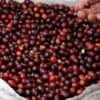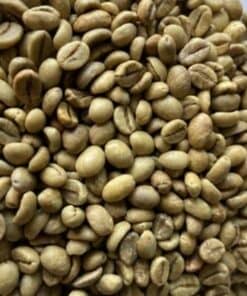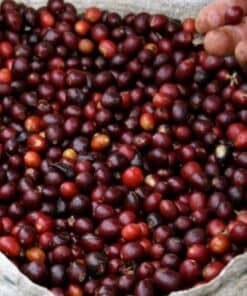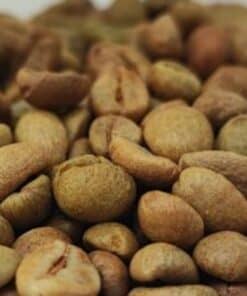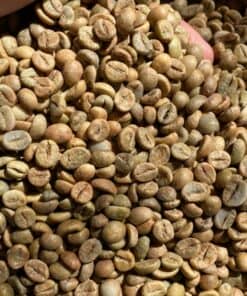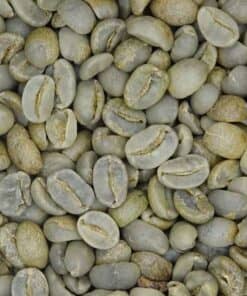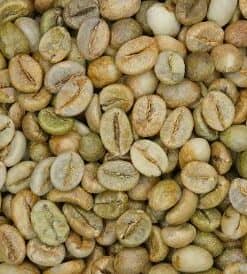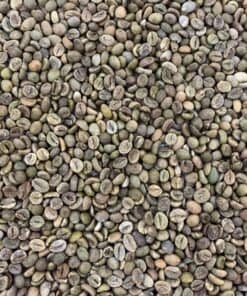Wet-Processed Robusta Coffee Beans (S16, S18) from Vietnam
Variety: Robusta
Region: Daklak, Vietnam
Elevation: 800m
Processing: Wet Processing (Fully-Washed)
Ripe Rate: 98-99%
Moisture: 12.5%
Foreign Matter: 0.1%
Black: 0.1%
Broken: 0.2%
Rate on Sieve: 90%
Bean size (Sieve): S18, S16
Capacity: 10000 tons/year
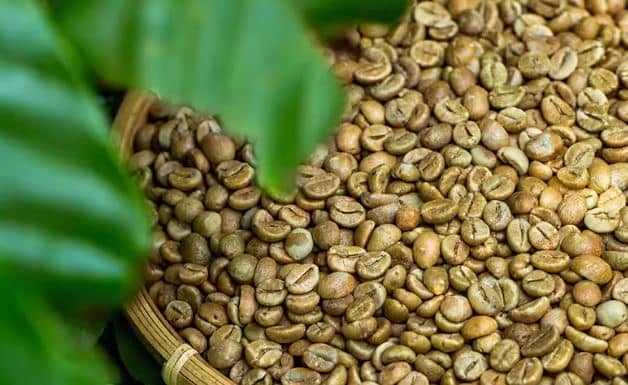 Dak Lak Vietnam
Dak Lak Vietnam
Dak Lak Province, located in Vietnam’s Central Highlands, stands as the “capital” of Vietnamese coffee. With vast coffee plantations stretching across basaltic hills under the warm sun and soothing winds, this region is renowned for its high-quality beans. Dak Lak’s exceptional coffee is exported to over 80 countries, cementing its global reputation.
Timeline
Harvest and export periods for coffee are critical to maintaining peak quality. Early-season cherries are often underdeveloped, while late-season ones may be overdeveloped. Producers aim for the ideal harvest window for optimal flavor.
- Harvest: October – April
- Export: December – September
Processing
The separation of the bean from the cherry is vital in coffee production. Popular methods include washed, dry, and honey processes, each creating unique flavor profiles.
- Washed: Fully Washed
- Dried: Sun-dried
- Natural: Fully Washed
Environment
Climate factors such as precipitation, temperature, and humidity greatly influence coffee quality. Robusta coffee thrives in harmony with its environment, delivering bold flavors reflective of its nurturing conditions.
- Precipitation: 500m – 800m
- Temperature: 17℃
- Humidity: 71%
Attitude of Coffee
Nestled at 500-600m above sea level, Vietnam’s Central Highlands boasts rich basalt soil and a rainy, cool climate, ideal for Robusta coffee cultivation. The region’s beans are famous for their bold flavors and low acidity. Many offer unique buttery, caramel, or sun-dried highland notes that have won over coffee enthusiasts worldwide.
Exploring Vietnam Robusta: Bold Flavor Profile and Unique Taste
Vietnam leads globally in exporting robust Robusta coffee, with provinces like Dak Lak, Dak Nong, and Lam Dong dedicating most of their coffee fields to this crop. Additional high-yield regions include Vung Tau and Dong Nai. Renowned areas like Buon Ma Thuot and Pleiku highlight Vietnam’s coffee legacy.
Certifications
- Rainforest Alliance Certified
- Fairtrade Certified
- USDA Certified
Wet-Processed Robusta Coffee: A Taste Revolution
Wet processing, although typically reserved for Arabica, significantly improves Robusta’s flavor profile. This method enhances consistency, delivers balanced flavors, and removes unripe or poor-quality beans.
Medium Roast: Balanced bitterness with mild sour notes. Lingering aftertaste.
Dark Roast: Intense flavor with increased bitterness yet smooth, with a sweet aftertaste.
How Wet Processing Works for Robusta Coffee
Wet processing involves fermentation by enzymes to enhance coffee quality. Here are the steps:
- Sorting: Remove overripe or dry cherries.
- Peeling: Grind to remove thick skins.
- Fermentation: Soak beans in water, allowing natural enzyme activity to remove mucilage.
- Drying: Reduce moisture content to 12-13%.
Why Choose Wet-Processed Robusta?
Wet-processed Robusta coffee offers:
- Uniform roasted color.
- Balanced aroma and flavor.
- Clear, long aftertaste without unripe coffee’s musty smell.
Coffee Bean Quality: Vietnam Wet-Processed Robusta Coffee Beans (S16, S18)
The wet process ensures only 100% ripe fruit is used, preserving the original flavor through sun drying. This method creates coffee with deep aroma, balanced acidity, and no harsh bitterness—making Vietnam’s Robusta coffee truly exceptional.



